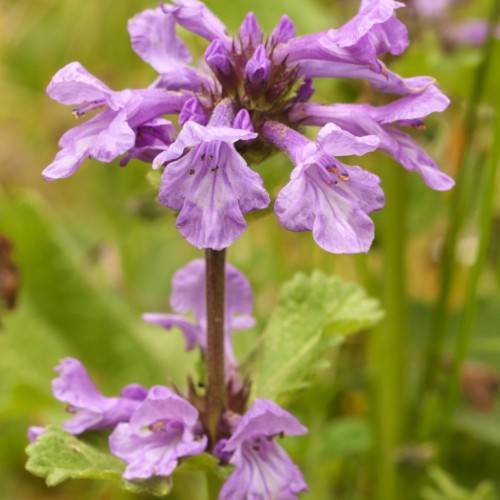
betony
Stachys spathulata
Cycle:
Herbaceous Perennial
Watering:
Average
Hardiness Zone:
5 - 8
Flowers:
Flowers
Sun:
Full sun,part shade
Leaf:
Yes
Growth Rate:
Low
Maintenance:
Low
Drought Tolerant:
Yes
Salt Tolerant:
Yes
watering
Betony should be watered once every 5 to 7 days during its growing season. Watering should be done in the morning, when the soil is moist and avoid overwatering. Applying approx. 1 inch of water per week to the soil should be enough to ensure the betony remains hydrated. When the weather is hot, you may need to water the betony more often. In the winter, watering should be reduced as the plant goes dormant. Additionally, water the betony at its base to avoid excess wetness on the leaves.
sunlight
The betony (Stachys spathulata) is a plant species that prefers full sunlight or partial shade. This species does best in sites with 6-8 hours of direct sun per day. In areas with extreme heat, partial shade helps prevent burning of the foliage. When grown in full sun, betony can tolerate temperatures up to 95 degrees F (35 degrees C). Alternatively, when grown in partial shade, betony generally prefers temperatures below 85 degrees F (30 degrees C). Watering should be done according to the soil conditions. It is important not to over or under water the plant.
pruning
Betony (Stachys spathulata) is best pruned in early spring before the growth begins to lengthen. Prune gently to conserve the natural shape and, if needed, cut lightly into the old stems to encourage new, stronger growth. Betony is a low-maintenance flower and can continue to flower for years without detailed pruning. Prune to thin out old and woody stems, or lightly shape the plant to keep it compact and healthy. To completely rejuvenate Betony, hard prune in late fall or early spring. Prune back at least half of the plant’s stems to the ground and discard the clippings.
